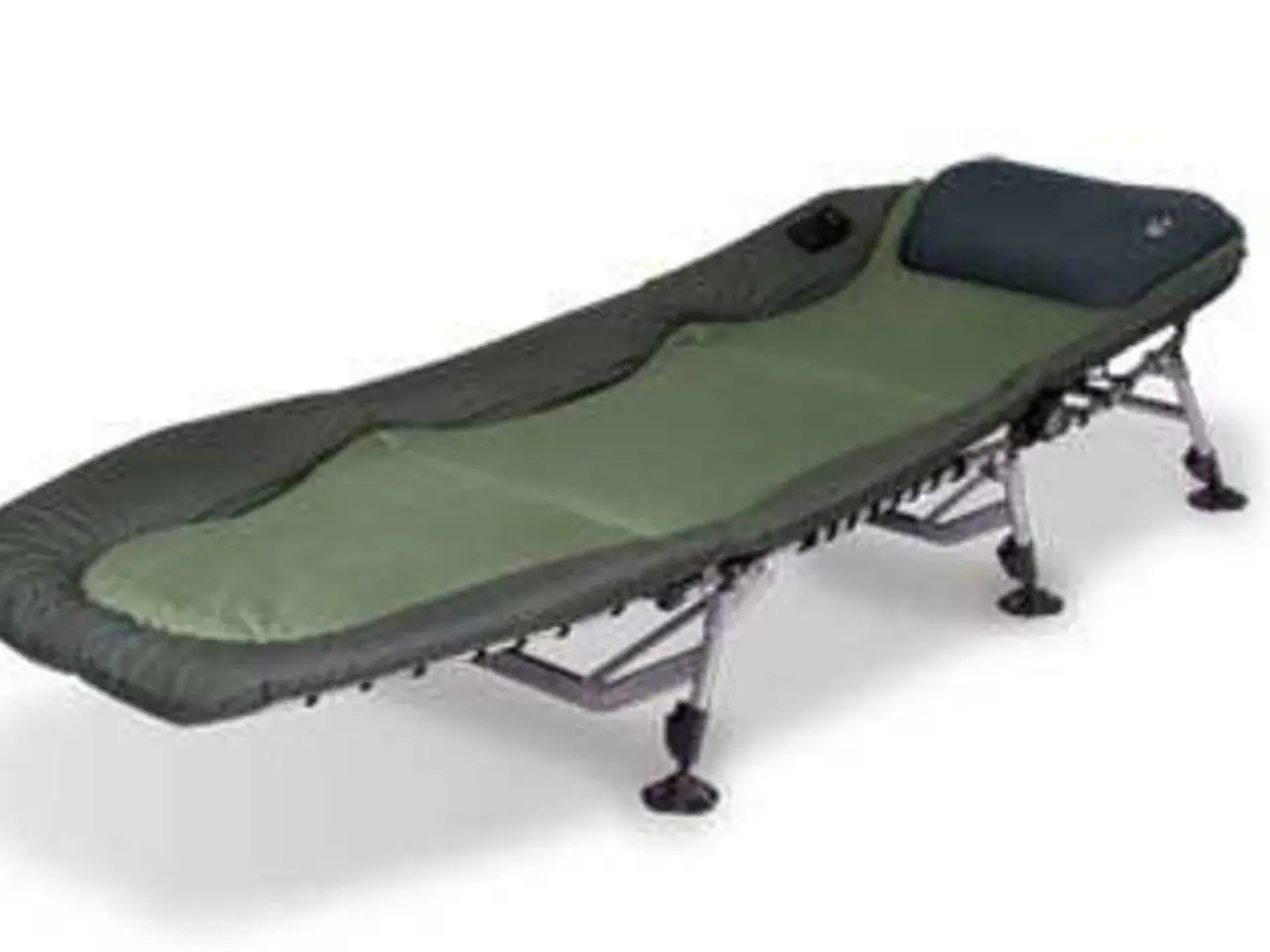Rolfing Explored: A Comparative Analysis with Standard Massage Techniques
Discovering the Benefits of Rolfing: A Holistic Approach to Bodywork
Rolfing, also known as Rolfing® Structural Integration, is a unique form of bodywork that has been making waves since its creation by biochemist Ida P. Rolf, PhD, in the 1940s. This innovative technique manipulates the fascia—the connective tissue surrounding muscles, bones, and organs—to bring about relief from chronic pain, stress, and postural issues.
Rolfing practitioners use their hands, knuckles, elbows, and more to "release, realign, and balance the whole body." Unlike traditional massage, which is often localized, Rolfing takes a more holistic approach, focusing on the body as a whole system.
One key aspect of Rolfing is its ability to release fascial restrictions and adhesions that cause muscle tightness, pain, and movement limitations. By addressing these deep-seated tension patterns, Rolfing helps to improve posture, movement efficiency, and overall body integration.
In addition, Rolfing corrects postural imbalances by realigning the body's connective tissue network, promoting a more efficient load distribution and reducing strain on muscles and joints. This leads to a restoration of structural and functional balance throughout the body, which in turn reduces compensatory tension patterns that contribute to chronic pain.
Moreover, Rolfing facilitates nervous system regulation, helping the body shift from a stress (survival) state towards greater resilience and relaxation.
While Rolfing can be more intense than some forms of massage due to the need to manipulate the fascia, it is recommended to choose a certified practitioner to ensure a safe and effective session. It is also worth noting that pain or discomfort associated with fascia manipulation during Rolfing sessions should not persist after the session.
Research suggests that Rolfing may help with back pain, fibromyalgia, and walking in children with cerebral palsy, although more research is needed to fully understand its safety and risks. Alternative therapies for pain caused by tightened fascia include acupuncture, heat therapy, massage therapy, and yoga.
In conclusion, Rolfing offers a promising approach to managing chronic pain and improving overall body function. By targeting the fascia, Rolfing aims for structural change in the body, focusing on realigning and integrating the whole body for long-lasting relief. As with any form of bodywork, it's essential to consult a certified practitioner and consider your personal health and wellness goals before starting a Rolfing regimen.
[1] https://www.rolf.org/rolfing/what-is-rolfing-structural-integration/ [2] https://www.ncbi.nlm.nih.gov/pmc/articles/PMC5646168/ [3] https://www.ncbi.nlm.nih.gov/pmc/articles/PMC3796290/ [4] https://www.ncbi.nlm.nih.gov/pmc/articles/PMC5720654/ [5] https://www.ncbi.nlm.nih.gov/pmc/articles/PMC4813359/
- Incorporating Rolfing as part of a regular health-and-wellness routine may lead to improved body alignment, leading to better fitness-and-exercise performance and reduced risk of injury.
- Adherents of Rolfing often report a shift towards greater emotional resilience and stress reduction, which are aspects that are often associated with science-backed therapies and treatments.
- As Rolfing focuses on the body as a whole system, it could potentially have far-reaching benefits that extend beyond its primary focus on chronic pain relief, reaching even the realm of modern education; fostering greater awareness and understanding of the human body's unique network of interconnected systems.




